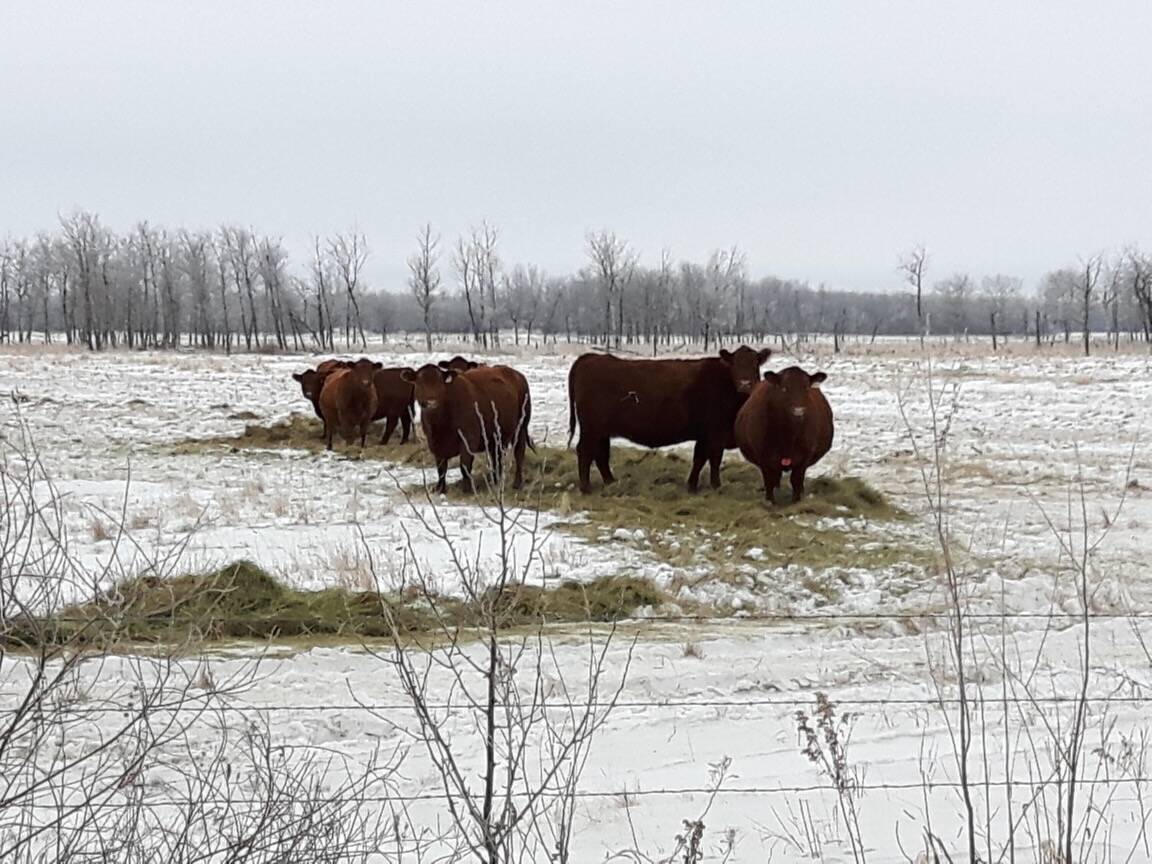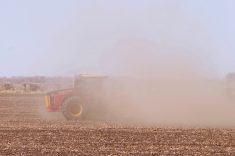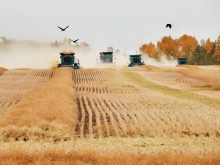How is your plan for the coming year? What will you seed? How do your break-even numbers crunch out? What are new-crop pricing prospects? Should you be doing some pre-pricing to secure profits? What’s your crop risk management strategy?
Starting with your initial seeding plan, pencil out your costs of production and do a break-even analysis for each crop to see if you need to consider changing some acres between crops to improve your overall profitability potential for the coming year.
Crop pricing prospects
Read Also

Prevent nitrate poisoning in overwintering beef cows
High-nitrate feeds can be deadly for overwintering beef cows. They can be used, but only if they’re processed and diluted in a lower nitrate ration.
From information released by Statistics Canada and the United States Department of Agriculture the first week of February, we learned that there are adequate supplies of all grains in North America and around the world. These supplies will more than meet current world demand.
The South American harvest is underway and production is expected to be below last year’s bumper crop levels, but still sufficient to continue to build up world inventories.
Spring planting in North America and the start of the U.S. winter wheat harvest are right around the corner. Depending on conditions, anticipate an average North American crop, which will only help to maintain ample world grain stocks. This market intel suggests that grain prices are going to struggle to hold at current levels going into next year.
Weather adversity as we head into seeding or during the U.S. winter wheat harvest could be supportive to North American pricing, but other than that, current world stocks will keep market prices flatlined for quite some time.
This leaves you with the decision of if and when to start new crop pre-pricing.
Crop risk management
Your crop risk management strategy is a key part of your farm management plan. Look at it closely every year as things will constantly be changing — on your farm or in the options offered by insurance companies.
Over the past year the government has improved AgriStability threshold calculations, which will give a higher level of coverage to many farms. Crop insurance programs continue to evolve. Review your coverage every year to see if you need to adjust your selections.
Revenue insurance and interruption insurance have been available for about six or seven years. These programs have changed and evolved each year to offer more options. Review these programs regularly to see how changes may help you manage your risk.
I know I’ve mentioned this before, but if you’re using Global Ag Risk’s revenue insurance, contract buyback protection is part of the coverage they offer. This allows you to pre-price new crop up to a certain level, without concern about delivery risk. This can make a big difference to your marketing decisions, as it may allow you to pre-price more grain than you normally would — you know you are protected.
Knowing your crop insurance coverage for the coming year is key in setting up your marketing plan as to how aggressive you may be with pre-pricing of grain for new crop, or the need to use futures or options contracts as part of your marketing plan.
Take some time to review your cropping plan and do your break-even analysis so you can make informed decisions about which crops to grow for the best returns. Use your break-even analysis as the baseline for your marketing plan. Taking factors such as cash flow needs, farm storage capacity and potential for prices to rise or fall into consideration, you can now set realistic pricing targets for your farm and make decisions on how to implement your marketing plan to meet those targets.
Following a planning process will help you be more confident that your plan will work and increase your confidence when it comes to making tough marketing decisions when markets are volatile.
















